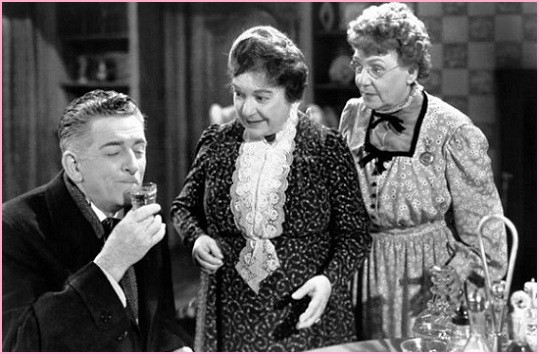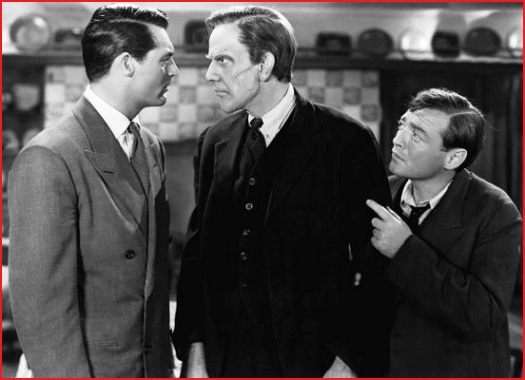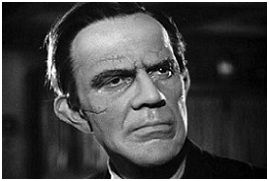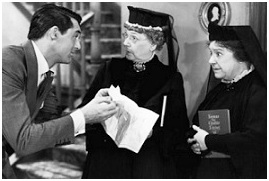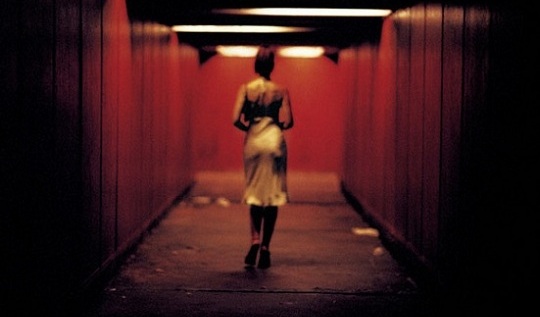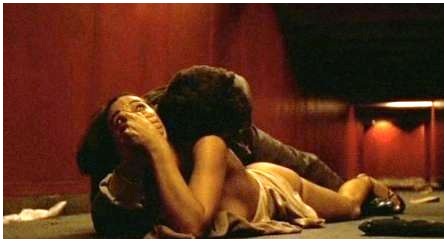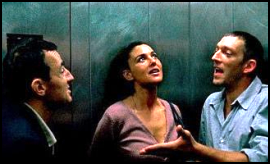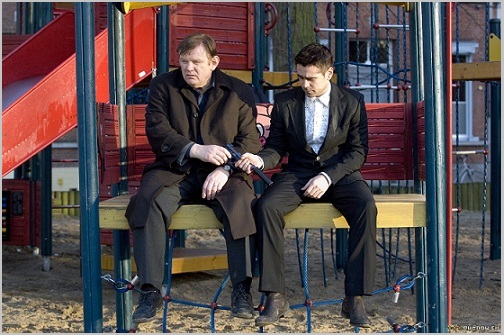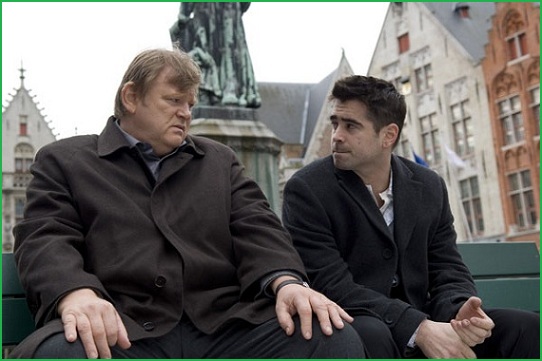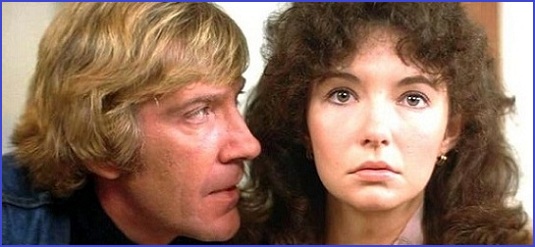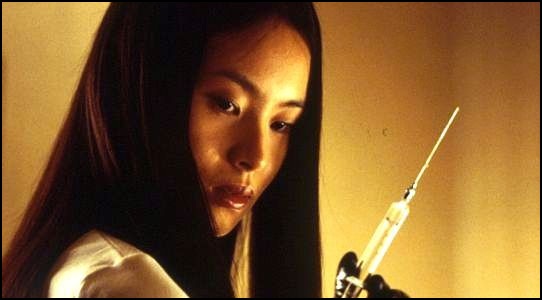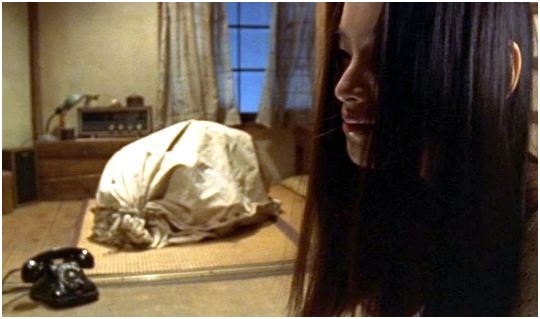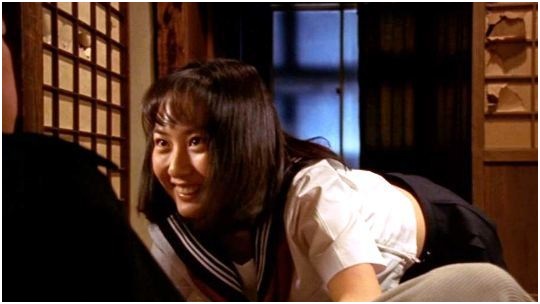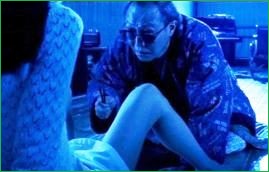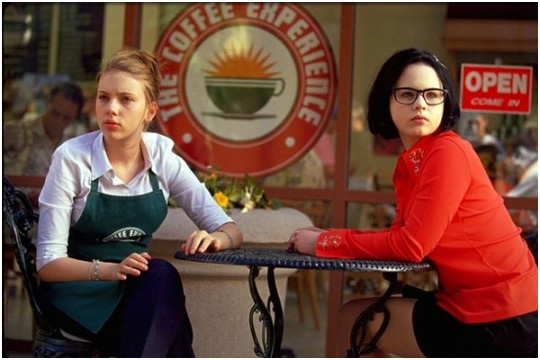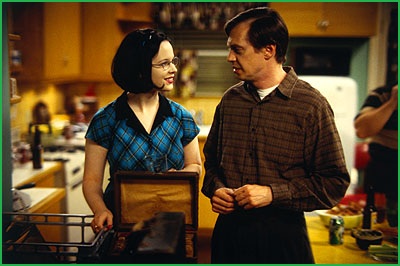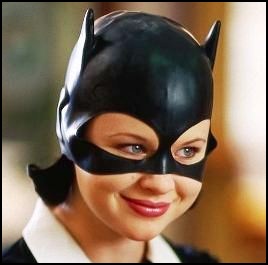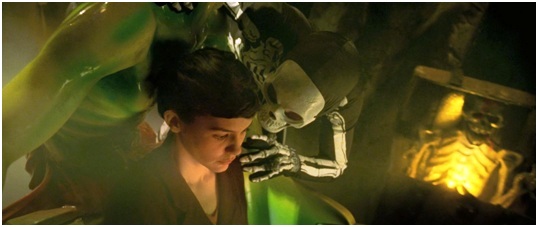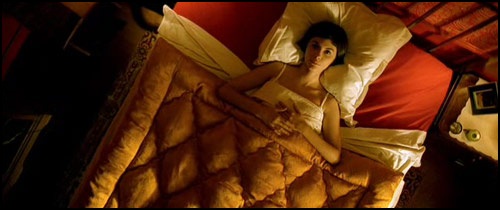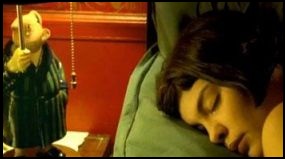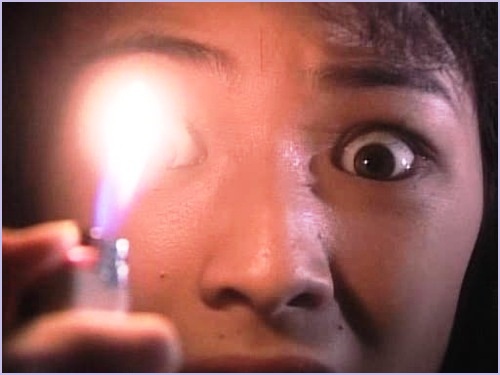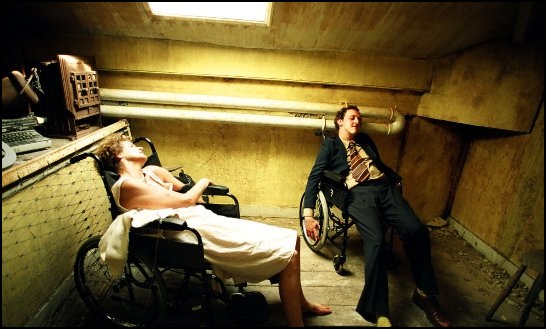“Every American should see this movie to understand the horrors of slavery.” – comment on the Internet Movie Database.
“The most disgusting, contemptuous insult to decency ever to masquerade as a documentary.” – film critic Roger Ebert, in his 1972 review of Goodbye Uncle Tom.
So is Goodbye Uncle Tom a must-see film, as the IMDB commenter insists, or was Ebert right to vilify the “shockumentary”? I tend to side with the IMDB commenter – although Ebert might have a point. Uncle Tom is an uncompromising look at slavery, and by that I mean it’s graphic, painful, and extremely unpleasant. But did it have to be so incendiary, if only to make its point? And what about the methods used by Italian filmmakers Gualtiero Jacopetti and Franco Prosperi, who might have callously exploited impoverished Haitians to depict 19th-century American slaves?
Jacopetti and Prosperi made their notorious movie utilizing news footage of racial unrest in the 1960s and combining it with dramatizations of actual people and events from early America. To play the slaves, real Haitians (many of them underage) were recruited, and they are filmed in degrading and humiliating scenarios, often completely naked. Exactly how Jacopetti and Prosperi convinced hundreds of Haitians to go along with this is debatable, but most of them were poor, uneducated, and living under the harsh regime of “Papa Doc” Duvalier. In other words, they were living under conditions not dissimilar to slavery itself.
You can accuse Jacopetti and Prosperi of exploitation, but certainly not of sugar-coating history. Southern whites generally come off as monsters in the film, but Europeans, Northerners, and even some blacks are also portrayed in a negative light. You probably won’t “like” Goodbye Uncle Tom, but you will be impressed by it. A haunting musical score by Riz Ortolani – bizarrely upbeat during otherwise horrific scenes – adds to the movie’s impact.
The problem for Jacopetti and Prosperi is that a lot of this stuff comes off as pure titillation. Young black men are stripped, poked, prodded and whipped. Young black women are stripped, poked, prodded and raped. The camera frequently lingers on their nudity in close-up detail.
Goodbye Uncle Tom’s sexual politics, graphic violence, and pessimistic outlook caused it to be banned or censored in some countries. But just as the Jews make certain that the Holocaust is not forgotten, that IMDB user is also correct: Every American should see this. Grade: A-
Directors: Gualtiero Jacopetti, Franco Prosperi Release: 1971
Note: There are at least two versions of the film on DVD, one of them with 13 minutes of footage excised.
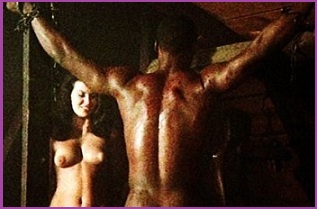 Watch the Trailer (click here)
Watch the Trailer (click here)
© 2010-2024 grouchyeditor.com (text only)








